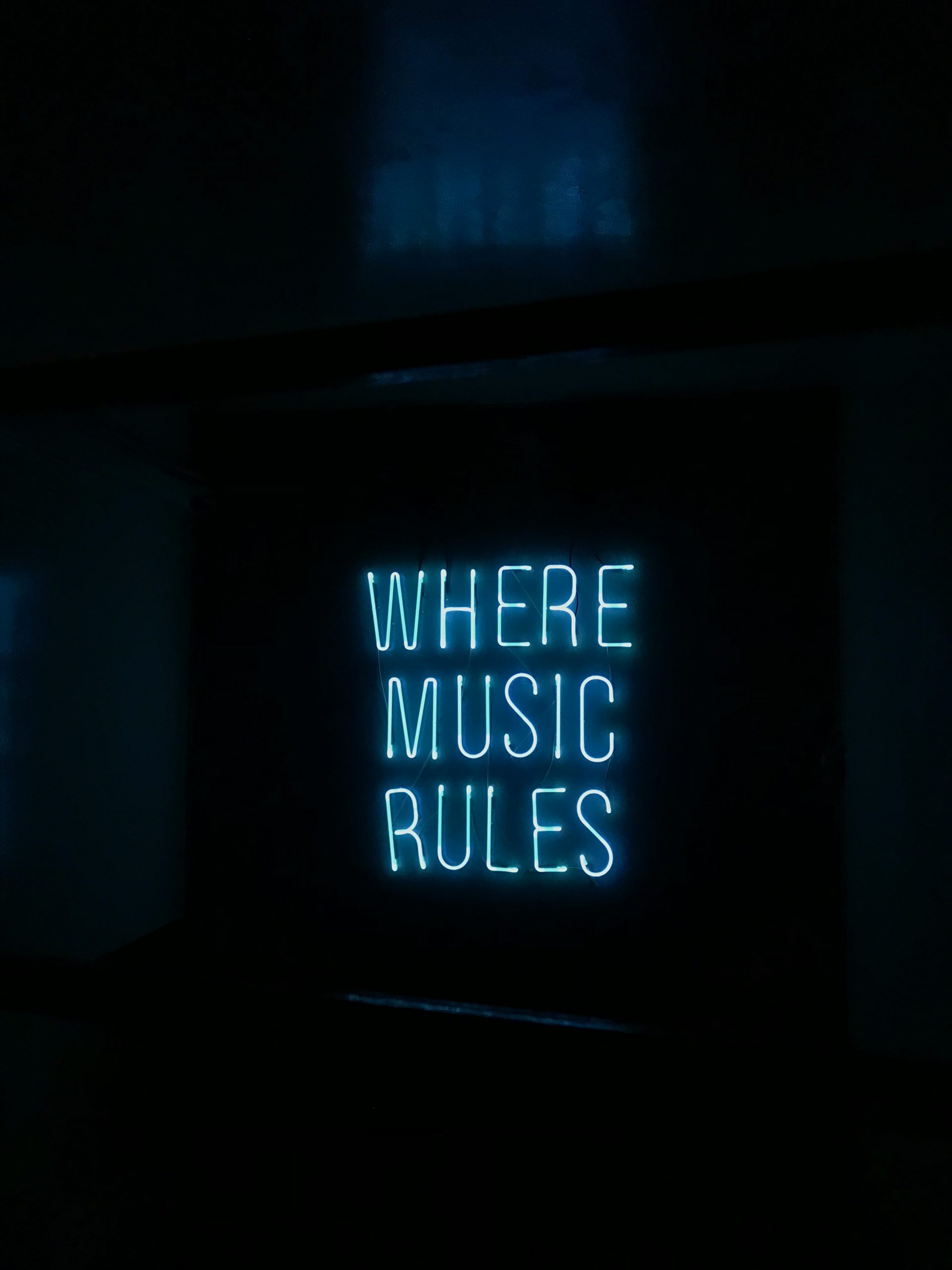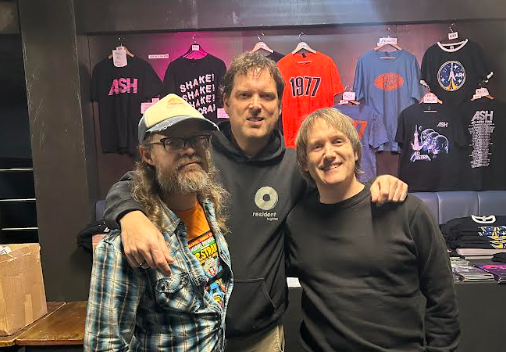When considering our history, we can consider music as both a reflection and a catalyst. A response to the human experience: our emotional highs and lows, our technological advancement, social injustices, and more. While times and tastes may change, the lifeblood of music remains remarkably traceable. As such, today’s music is layered with the hits of past decades. A revival representing everything, from collective nostalgia to socio-political and economic moods—and we’re not the first generation to do so.
It’s important to acknowledge that features of modern music—like harmony, melody, and instrumental techniques—are rooted in centuries-old traditions. Baroque composers, like Bach, introduced intricate harmonies, musical ornaments, technical precision, and counterpoints (weaving independent melodic
lines together). It was these features that carried into the Classical period, albeit with less ‘fuss’ and flare, subsequently leading to the emergence of Swing, Jazz and Blues genres. These ‘old’ European features blended with African gospel music in the Americas and became the ancestors of Jazz, infused with expressive depth, African rhythms and improvisational flair.
By the 1930s and ’40s, Jazz had given rise to swing music, a big-band-driven genre defined by its rhythms and danceability. Blues developed alongside, drawing from Jazz while narrating raw stories and cultural critique. Moreover, Gospel’s influence remained strong, feeding into R&B (Rhythm and Blues) in the mid-20th century, which heavily relied on similar narrative structures. Blues and Gospel also heavily influenced Rock’n’Roll, as can be seen in movies such as Elvis (2022) and the 2010 memoir by Keith Richards (The Rolling Stones) where he said: “If you don’t know the blues… there’s no point in picking up the guitar and playing rock and roll or any other form of popular music”, illustrating the complexly interwoven history of these music genres.
During uncertain times, listeners often reach backwards in time for comfort. Psychologists at the University of Southampton have suggested that this may be because nostalgia, especially experienced in terms of music, acts as a coping mechanism. This is because music becomes a concrete, unwavering way of anchoring identity during change and regulating emotions by slipping back into ‘better, simpler times’. This can even be seen in an interview with Interview Magazine (2021) with artist Lana Del Rey saying “All my melodies are sort of stuck in the ’50s and ’60s, and I think that’s where I find my sense of safety.”
The music of the 60s and 70s became synonymous with protest, with artists like Lennon using their platforms to advocate for change surrounding global political and economic unrest. This ideology would go on to heavily influence the likes of Bono, who stated that Lennon’s combination of music and political activism gave him and others ‘permission to try’, and later inspired him to write songs such as ‘Sunday Bloody Sunday’ (1983) in response to the Northern Ireland conflict. This only further shows how music has a tendency to become tied up with social revolutions, both in the past and currently.
Despite this, a shift began in the late ’70s, something even noted in Daisy Jones & The Six (Amazon, 2023), based on Taylor Jenkins Reid’s novel, where a character is told in a scene based in 1971 “Don’t write political songs… the war is over. People want to feel good again”. Enter disco and punk—genres that offered escape and catharsis, along with new age electric instruments and techniques. These trends fed into the bold soundscape of ’80s pop—synths, drum machines, and vibrant electronic experimentation. Artists like Prince and Madonna fused old techniques with futuristic flair. This proved to be the beginnings of artists utilising digital manipulation of vocals (Auto Tune). Though not widely available until the late ’90s, it became iconic with Cher’s “Believe” (1998), which showcased the effect as a stylistic choice rather than a correctional necessity. Artists like T-Pain, Rihanna, and Future have continued to embrace and expand its creative potential.
While earlier decades saw music as a political tool, the ’90s refocused on musical innovation, artistic authenticity and personal experience. The relative political and economic stability of the time allowed music to become more introspective. This is exemplified by Kurt Cobain (Nirvana), who told Rolling Stone in 1993, “I don’t want to be the voice of a generation. I don’t want to be anybody’s spokesperson. I just want to be in a band, and make music that I like.”
Listening mediums have also shaped our experience of music through time. Listeners were once at the whim of the radio, then Vinyl records revolutionised curated home listening, however they were expensive and this consistent increase in cost may risk the art of mixing becoming lost contemporarily. Cassette tapes introduced portability, making it easier to share and personalise music, a trend that continued with CDs and mini-discs. Then, in 1981, MTV transformed music entirely. This visual element changed the way music was marketed and consumed, with people being exposed to more music and witnessing the phenomenon of people shooting to astronomical stardom, often seemingly overnight. The digital revolution followed, with mp3 players and iPods making music more accessible than ever. YouTube allowed free and easy access to music without lugging around cassettes or the CD book (for any of my early 2000s babies that remember this), while streaming services like Spotify now offer limitless libraries and recommendations at our fingertips, accelerating how we discover and engage with music today with just one monthly payment.
Contemporary artists don’t just borrow from the past—they blend eras. Beyoncé’s Renaissance fuses house, disco, and gospel; Olivia Rodrigo channels early 2000s angst with a modern lens. Even in production, old-school tricks can be seen—analog recording, live instrumentation, and vinyl crackles are used today to create warmth and evoke nostalgia. The phrasing of rock vocals, use of strings, pianos, and brass in pop music all pays homage to orchestral traditions. Sampling bridges generations, new artists revive vintage tracks in new contexts. One example is a German track from 1973—“Hallo Bimmelbahn” by NighttraiN, which was sampled in Boney M’s “Gotta Go Home” (1979), then again in Duck Sauce’s “Barbra Streisand” (2010).
These layers of reinvention show how music transcends time and only further proves that every favorite beat of today echoes throughout recent history – shaped by history, modified to reflect the times and destined to be rediscovered in years to come. An in-built and cyclical call and response spanning centuries, that time and time again we echo.
Words by Phoebe Essex
Photo by Catherine Kachvartanian on Unsplash



